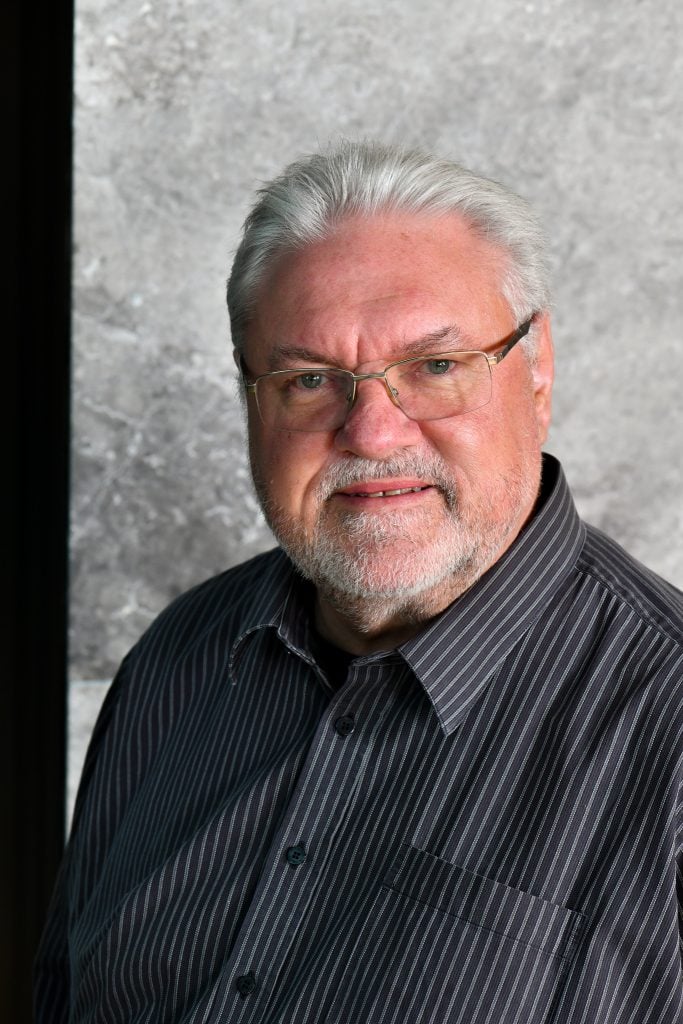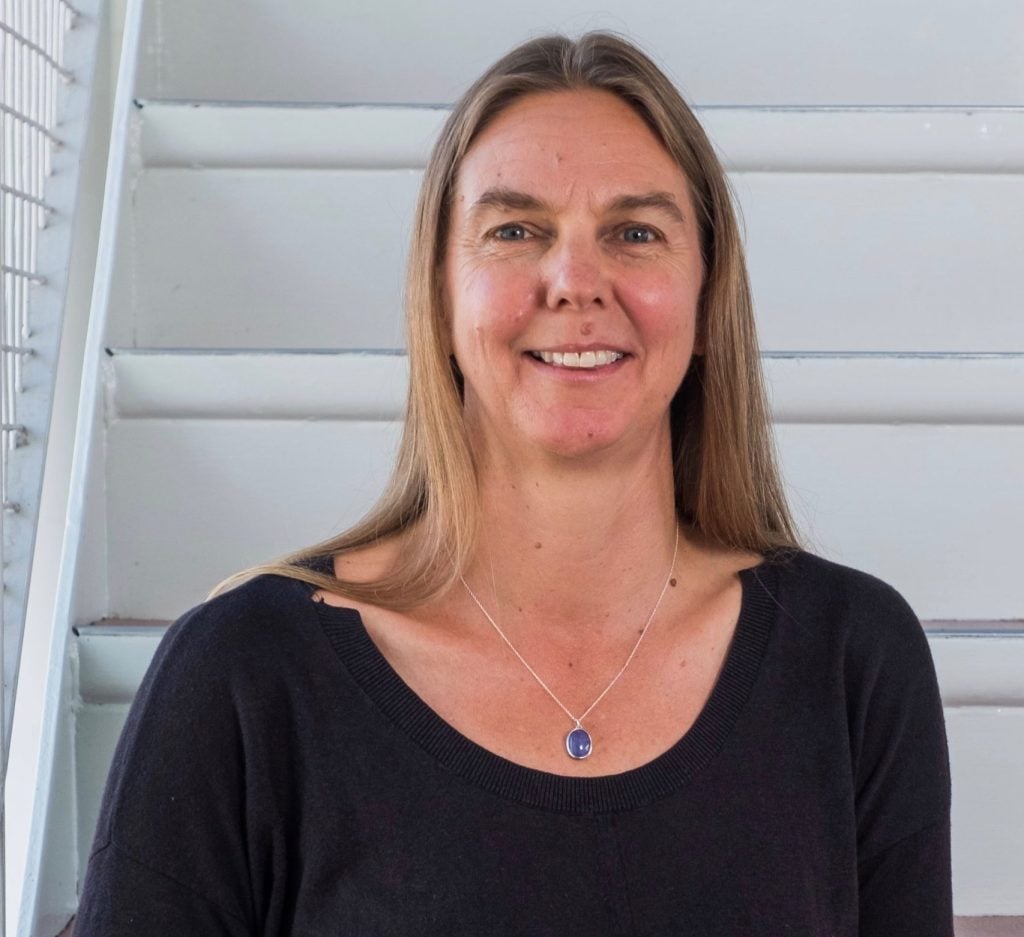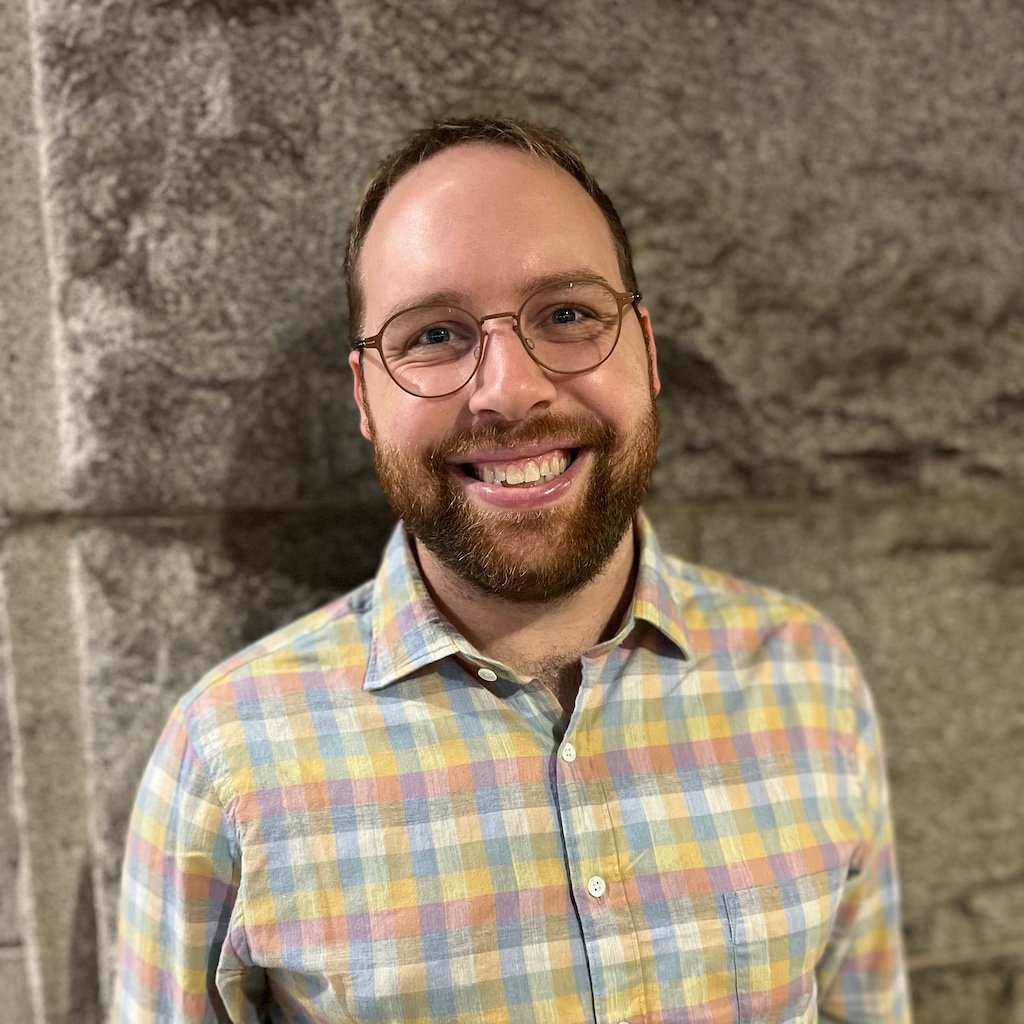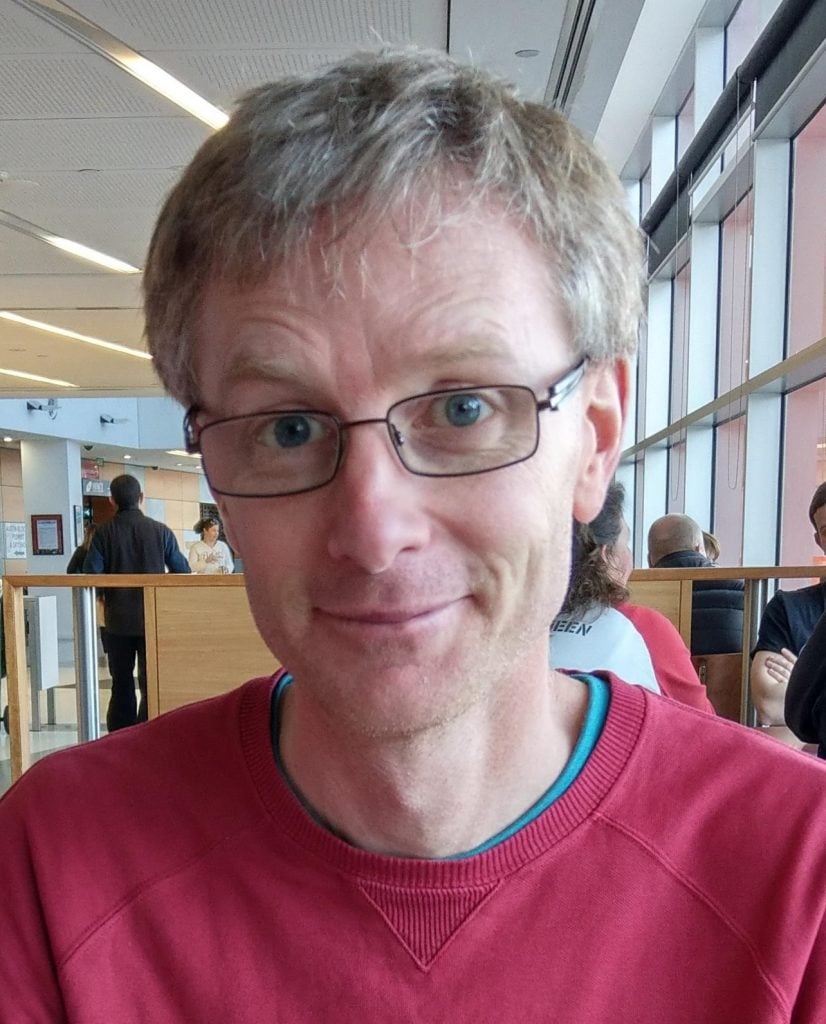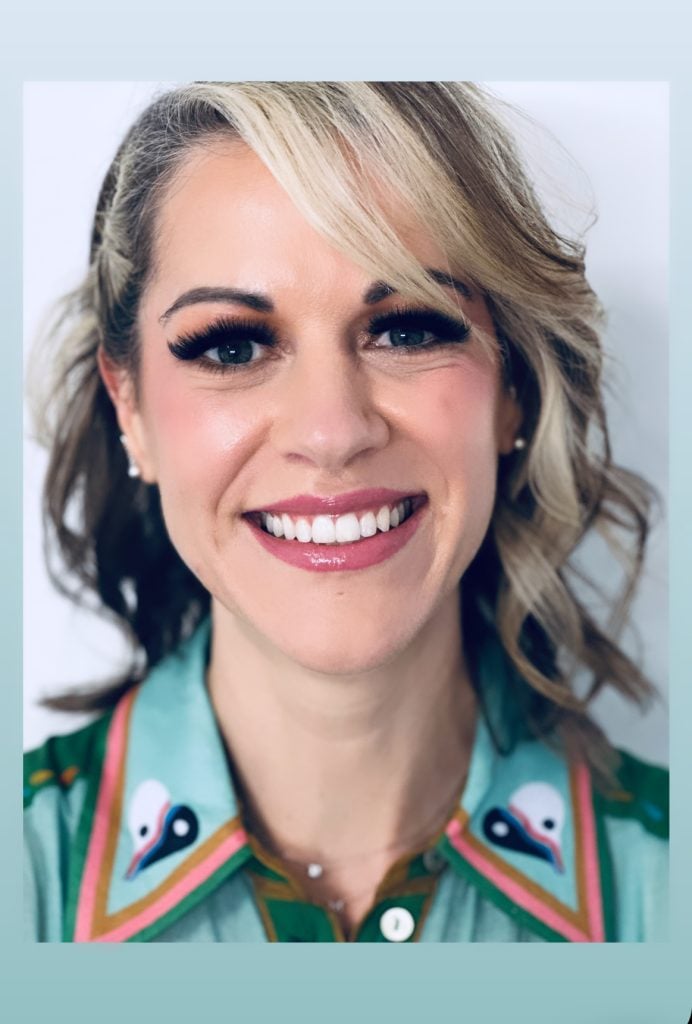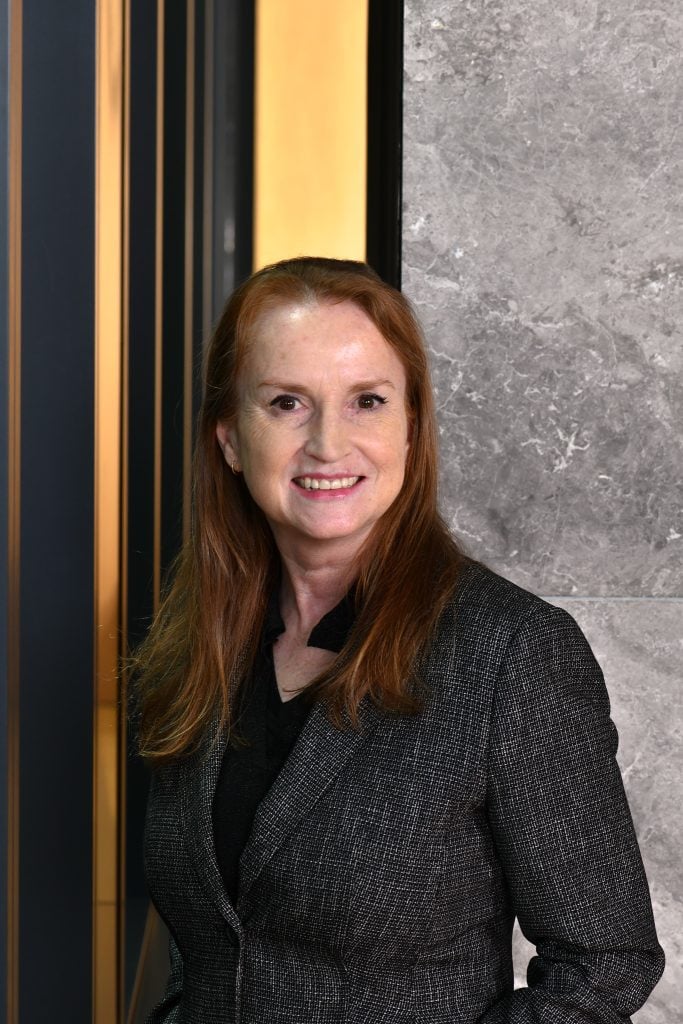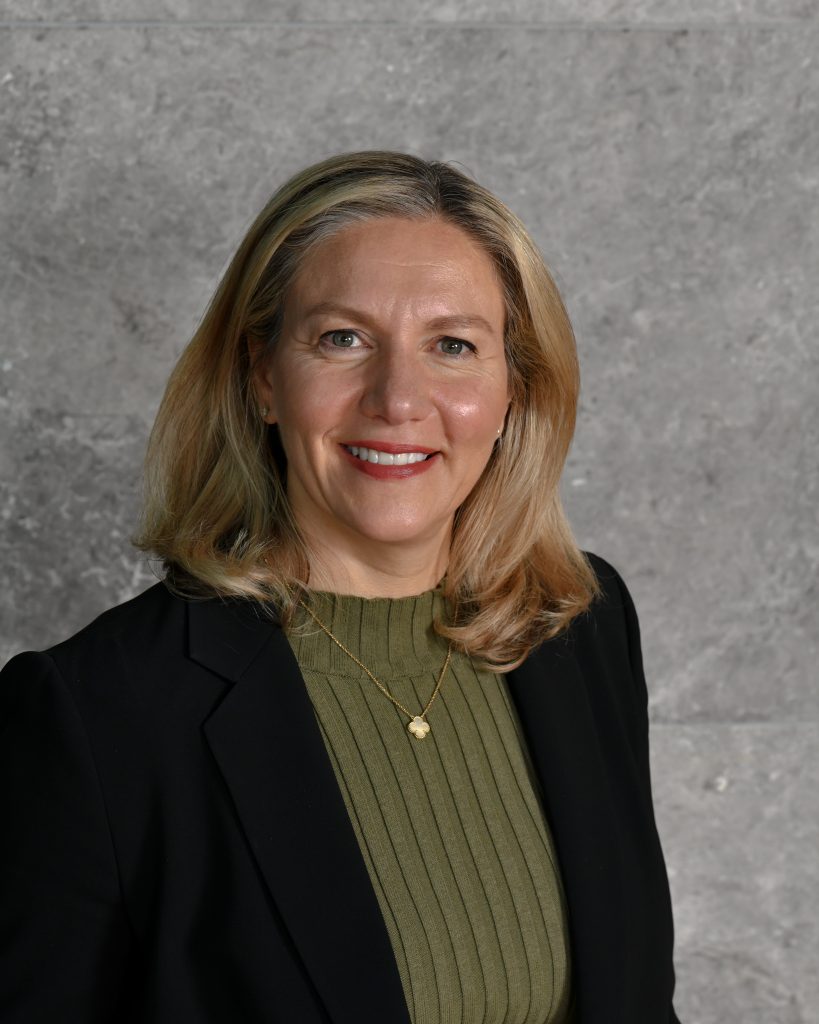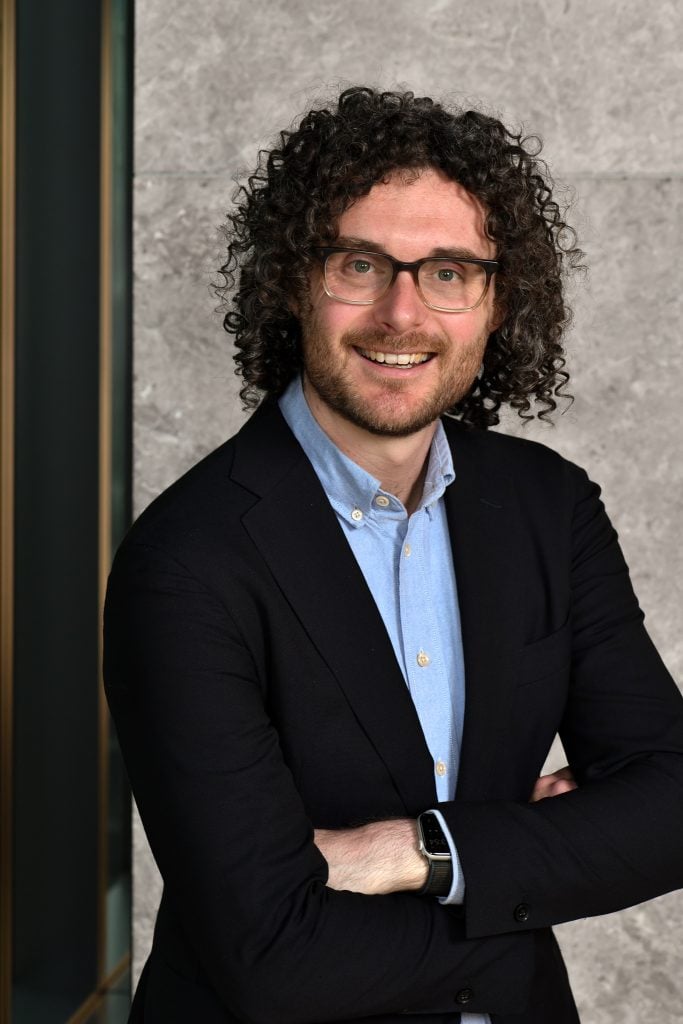Meaningful learner-educator feedback in the workplace: CRADLE Seminar Series
22 August 2018
Meaningful feedback between learners and educators in workplace settings was the subject of the recent CRADLE seminar by A/Prof. Rose Hatala (University of British Columbia), and her presentation sparked plenty of discussion amongst attendees both in the room and online. Here, CRADLE Fellows Dr Matthew Dunn and Dr Bryony McNeill share their reflections on Rose’s research.
Matthew was intrigued by how Rose’s research might translate to higher education and disciplines other than medicine:
Rose presented on a small case study exploring meaningful feedback between learners and preceptors in the workplace; in this instance, the ‘learners’ were medical students in the province of British Columbia, Canada, undergoing their numerous rotations.
Rose started the seminar with a question: what are the current theoretical perceptions on feedback? It was a simple but effective question, and as it turns out an important one to frame the current study. Rose and colleagues set out to ‘create nirvana’, designing a best practice feedback model which moves towards a model which includes 1) observing performance, 2) communicating that observation to the learner, and 3) creating a plan to improve performance. In their model for the generalist physician training, their feedback programme included direct observation, a longitudinal relationship with their learners, and, quite radically, divorcing feedback from summative assessment.
The programme appeared to have success. The researchers found that the programme improved their students’ ways of working (i.e. clinical skills, higher order skills, clinical reasoning), ways of learning (i.e. voice their learning goals, self-awareness and accountability, develop feedback-seeking behaviours), and ways of feeling (i.e. support and reassurance, feeling that one belongs). The students said that the most helpful elements of the programme were the direct observation of authentic clinical work, the nature of the feedback, the lack of summative assessment, and the year-long relationship they had with the team giving them the feedback.
This led to a great discussion. For instance, how would this would work in the higher education space, or in fields which don’t have a strong professional identity like medicine? We also wondered what happens to the learners once they move out of this feedback ‘nirvana’. It does appear to have benefits; as Rose explained, it helped these learners take control of their own learning. Furthermore, as this cohort have moved up and become senior residents, they’re now supervising junior residents, so it not only has changed how they give feedback, it’s also empowered them to ask more questions of their supervisors. Thus, it’s changed how the top and the bottom provide and response to feedback.
So how can we translate this? We need to look at the conditions in our discipline that either facilitate or act as a barrier to creating meaningful feedback. Some things we might need to consider are the relationship between the observer (or marker) and the learner; establishing credibility; goal-setting for observation and feedback; feedback as a conversation; and uncoupling feedback and assessment.
As a medical educator, Bryony reflected on how Rose’s study may influence future educational practice:
I was particularly interested in the longitudinal approach adopted in the study. It was encouraging to see that although the students met with their clinical observer only a handful of times throughout the year, this was sufficient to foster the development of a meaningful relationship and to create an environment which allowed effective dialogic feedback to occur.
One of the challenges we currently face is that medical courses are generally structured in short blocks or rotations, each of which is often taught by a different team of educators, limiting opportunities for ongoing feedback dialogue. Furthermore, the same staff members who assess students are also responsible for observing and providing feedback. I felt that one of the key strengths of the feedback process piloted in the study was the separation of the clinical observation and feedback from assessment.
As we learn more about the conditions which promote effective feedback, I anticipate that we will see this type of longitudinal model being used more widely in the medical education sector. As Rose’s study included only a small number of motivated participants, it will be interesting to see how the model works with a large cohort, including learners with a wide range of abilities and levels of motivation.
